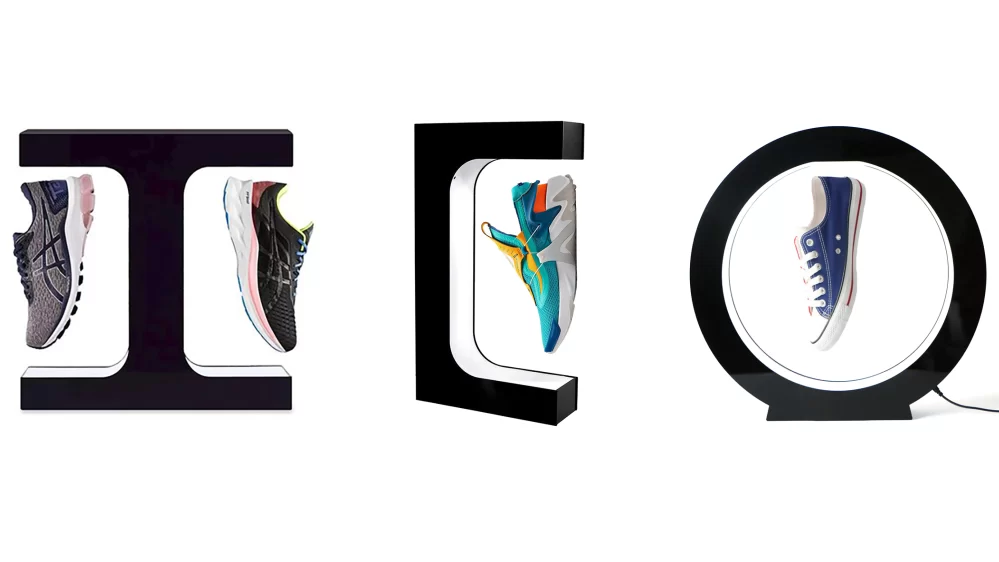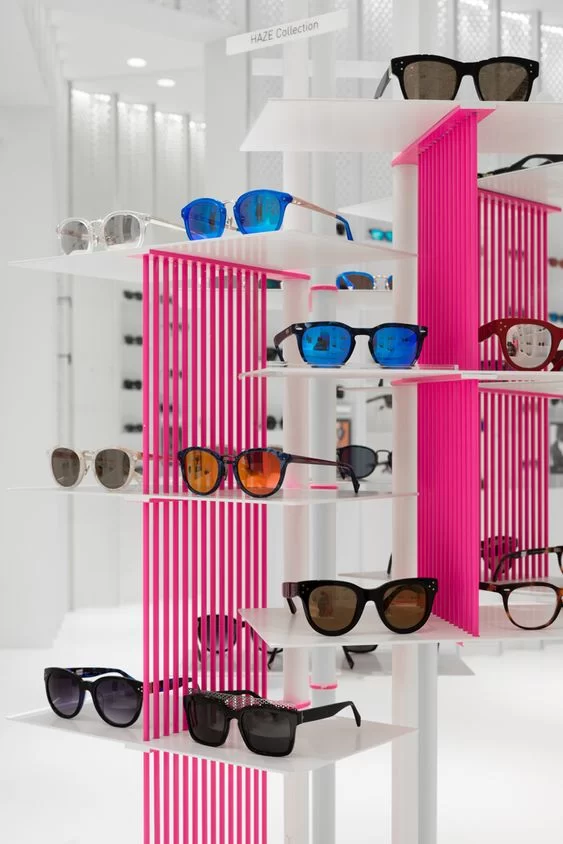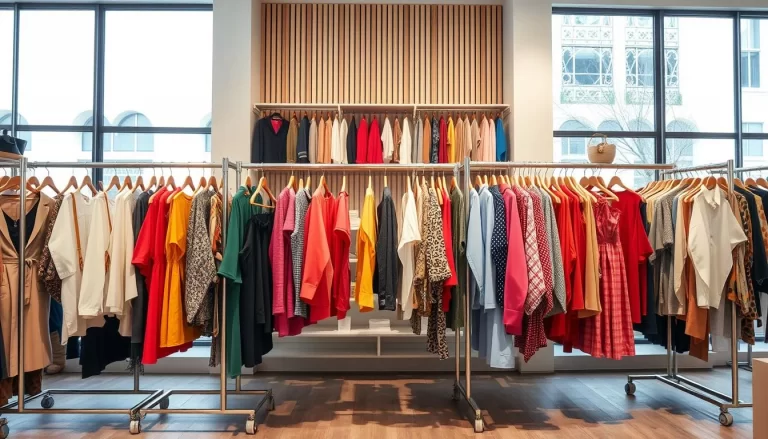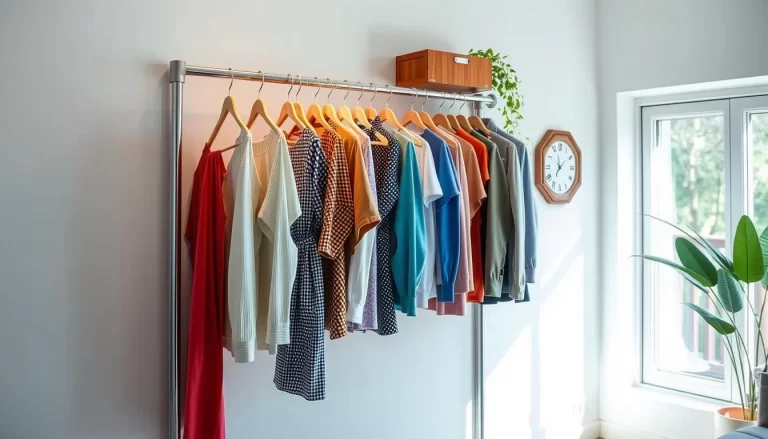In the competitive world of retail, presenting products effectively can make a significant difference in attracting customers and boosting sales.
Floating shoe displays have emerged as a popular and innovative solution for showcasing footwear in retail environments. This guide explores the benefits, installation process, and considerations for selecting the right floating shoe display supplier.
Benefits of Floating Shoe Displays
Floating shoe displays offer numerous advantages for retail stores:
-
Visual Appeal: The floating effect creates an illusion of shoes levitating, instantly drawing customers’ attention and adding a touch of sophistication to the store.
-
Space Optimization: These displays utilize vertical space efficiently, making them ideal for stores with limited floor area.
-
Versatility: Floating shoe displays can accommodate various shoe types, from sneakers to high heels, and can be customized to fit different store aesthetics.
-
Enhanced Product Visibility: By elevating shoes, they become more visible to customers, increasing the likelihood of impulse purchases.
Step 1: Planning and Design
Before installing floating shoe displays, consider the layout of your store and the type of shoes you want to showcase. Determine the optimal locations for the displays to maximize visibility without obstructing customer pathways.
Step 2: Selecting the Right Supplier
Choose a reputable floating shoe display supplier that offers quality products and customization options. Research suppliers who can meet your specific requirements in terms of size, design, and budget.
Step 3: Mounting the Displays
Most floating shoe displays come with pre-drilled holes for easy wall mounting. Use appropriate hardware suitable for your wall type to ensure secure installation. Follow the supplier’s instructions carefully to achieve the desired floating effect.
Step 4: Arranging the Shoes
Once the displays are securely mounted, arrange the shoes in an appealing manner. Consider grouping them by color, style, or brand to create a cohesive and organized presentation.
When selecting a floating shoe display supplier, consider the following factors:
-
Quality and Durability: Ensure the supplier uses high-quality materials that can withstand daily use in a retail environment.
-
Customization Options: Look for suppliers who offer customization in terms of size, color, and design to match your store’s branding.
-
Reputation and Reviews: Research the supplier’s reputation by reading customer reviews and testimonials to gauge their reliability and customer service.
-
Cost-Effectiveness: Compare prices from different suppliers to find the best value for your investment.
| Feature |
Floating Shoe Displays |
Traditional Shoe Racks |
| Visual Impact |
Creates a striking floating effect |
Typically more utilitarian in appearance |
| Space Utilization |
Maximizes vertical space |
Occupies floor space |
| Customization |
Highly customizable |
Limited customization options |
| Installation |
Requires wall mounting |
Generally freestanding |
| Price |
May have higher upfront costs |
Often more affordable |
Key Points to Remember
-
Floating shoe displays enhance product visibility and store aesthetics.
-
Proper installation ensures the displays are secure and effectively showcase the shoes.
-
Selecting a reputable supplier guarantees quality and customization options.
-
Floating displays offer a modern alternative to traditional shoe racks, providing both functional and visual benefits.
Common Questions About Floating Shoe Displays
1. How do I clean floating shoe displays?
Floating shoe displays can be cleaned with a soft cloth and mild detergent. Avoid using abrasive materials that may scratch the surface. Regular cleaning helps maintain their clarity and appearance.
2. Can floating shoe displays be customized?
Yes, many suppliers offer customization options for floating shoe displays, allowing you to tailor them to your store’s specific needs and branding.
3. Are floating shoe displays suitable for all types of shoes?
Floating shoe displays can accommodate various shoe types, including sneakers, high heels, and boots. However, weight and size limitations may apply, so it’s important to consult with your supplier.
Installation typically involves mounting the displays on the wall using screws or anchors. Follow the supplier’s instructions for proper installation to ensure stability and achieve the desired floating effect.
Floating shoe displays are commonly used in retail stores, trade shows, and showrooms to showcase footwear collections effectively.
Conclusion
Floating shoe displays offer a modern and effective way to present footwear in retail environments. Their visual appeal, space optimization, and versatility make them a valuable addition to any shoe store. By following the guidelines outlined in this article and selecting a reliable supplier, you can enhance your store’s presentation and attract more customers.







